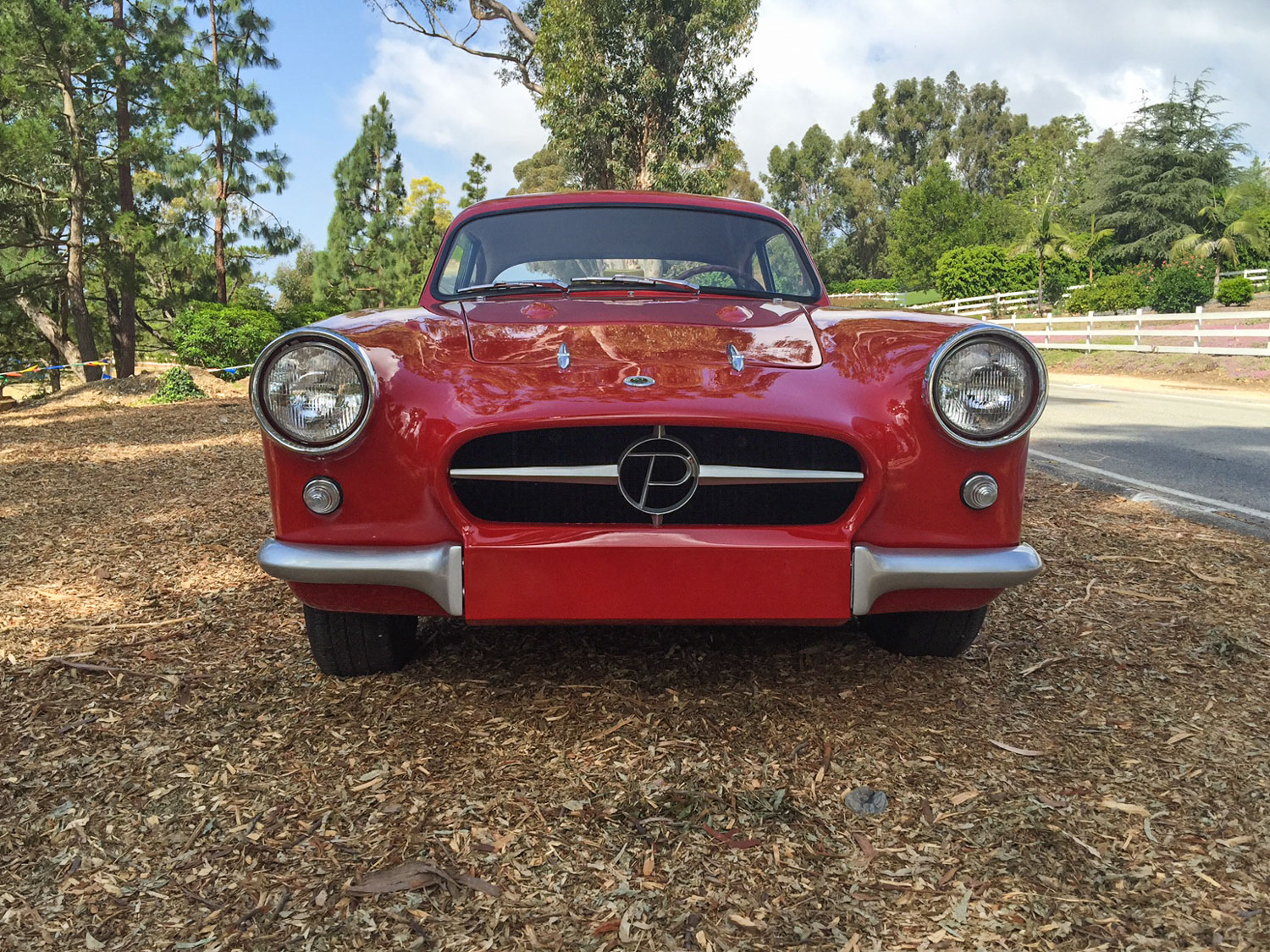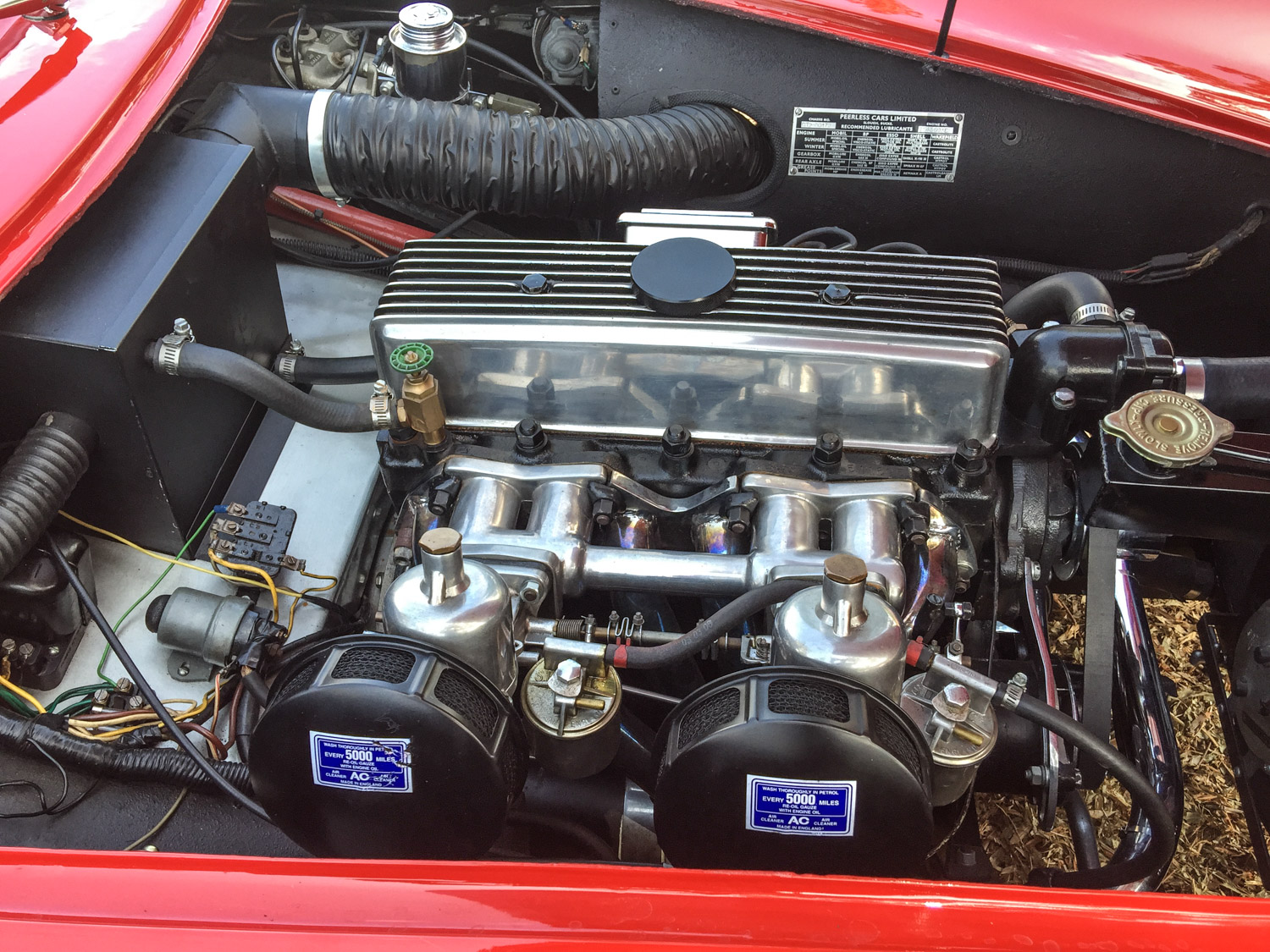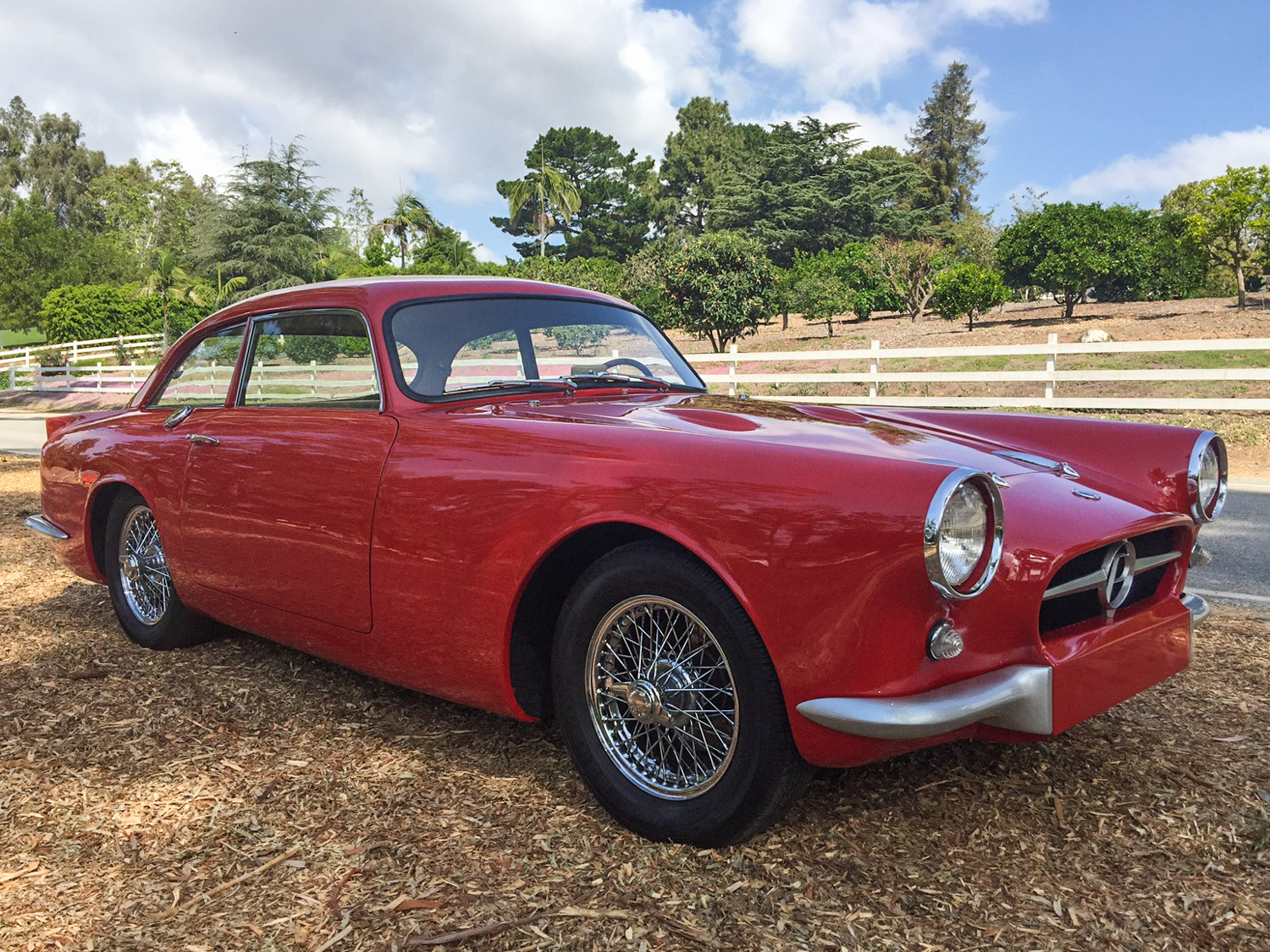Peerless GT: England’s forgotten, hand-built, Le Mans-winning sports car
When it comes to race-winning British sports cars, the big names usually come to mind: Jaguar, Aston Martin, MG, and even BMC if the Mini’s rally exploits appeal to you.
Of course, “big” is somewhat of a misnomer when discussing the British auto industry; even today the UK’s most popular export brands move only a tiny number of cars compared to giants like GM or Toyota. But even Aston Martin could be considered a behemoth when you consider how small Peerless was in its heyday.
Peer-what?

If the name Peerless doesn’t ring a bell—or if it instead calls to mind the separate American manufacturer from the early 20th century—you aren’t alone. In the finest built-in-a-shed tradition, the company sprang up seemingly out of nowhere in the mid-1950s and shone brightly for only a handful of years before its founders moved on to other projects.
The shared name is more than a coincidence, as the facility in Slough, where the British incarnation of Peerless built its vehicles, had once been a plant used by a subsidiary of the Yankee concern to produce armored cars during World War I.
Peerless founders Jimmy Byrnes and Bernie Rodger were about as far from the rough-and-tumble truck world as you could get. The former was a club racer who was tired of racing off-the-shelf rides and who wanted to try his hand at campaigning something built almost entirely to his own tastes—and, if possible, sell a few on the side to feed his motorsports habit. The latter was a local legend in engine building and tuning who had early gotten his hands dirty on a number of other straight-to-the-track one-off projects.
A third principal, John Gordon, was roped in to provide feedback about what would and wouldn’t work from a marketing perspective. Gordon was a Rolls-Royce vendor and amateur racer himself, who would go on to found the automaker Gordon-Keeble after Peerless dissolved.
Borrow from the best



In another nod to Britain’s sports car past, both Byrnes and Rodger agreed that starting completely from scratch in building their racer didn’t make much sense from a financial, engineering, or strategic perspective.
Byrnes was a restaurateur, and one of his eating spots was a favorite among the execs at Standard Triumph. It didn’t take much pressing of the flesh before the racer had secured the backing of key members of the automaker’s board in getting Peerless off the ground—built around the Triumph TR3 platform, of course. The founder constructed a series of prototypes in order to convince the rest of Triumph’s brass that it would be worthwhile partnering with the upstart firm.
In order to be taken seriously, the car—which would first be dubbed the Warwick before landing on its eventual Peerless GT moniker—couldn’t be a mere clone of the TR3 from either a styling or performance point of view. Although the drivetrain was lifting directly from the Triumph, the 2.0-liter, 100-horsepower four-cylinder engine would be placed within a full arc-welded tube frame nest that added significant structural strength (needed at its top speed of just under 110 mph). The engine, which also produced 117 lb-ft of torque, was mated to a four-speed gearbox that used a Laycock overdrive system allowing for a full seven gears of fuel-savings, if desired.
The redesign added six inches to the overall length of the GT versus the Triumph. Other key differences between the TR3 and the Peerless GT included a much wider track (five inches), a De Dion rear axle design, as well as elegantly crafted fiberglass body that would conceal a 2+2 four-seater layout. The decision to choose such a seemingly exotic material for the exterior panels of the Peerless GT, instead of going with a more traditional steel construction, was actually made by the company’s accountants. There was no way the tiny Peerless could afford to tool up with the gear required even to hand-build body parts, but at the time working with fiberglass was considerably less expensive.
Le Mans-bound

After the Peerless GT got an encouraging amount of attention at the 1957 Paris Motor Show, the company sought an even greater share of the spotlight by competing in Le Mans the following year. Drivers Percy Crabb, Peter Jopp, Dick Gibson, and Ian Bailey piloted the primary and reserve cars for the race. The race versions of the GT had hand-built engines, additional fuel tanks, and a lowered suspension.
It was an inspired decision: the GT not only won its class, but it finished 16th overall. This was a massive overachievement for Peerless, which had intended simply to showcase the car’s speed and resilience on a race track, not duke it out with some of the fastest racers in the world at speeds of well over 100 mph and emerge victorious. Suddenly the orders came pouring in from customers interested in a capable sports car that could double as a family hauler thanks to its tiny rear seat.
Perhaps “pouring in” is a relative statement, because only 325 Peerless GTs were produced before the company went out of business in 1960. That figure is related primarily to the small factory that was doing its best to churn out GTs at the rate of five cars per week, but which eventually fell hopelessly behind.
Of those, 275 were in original spec. The remaining 50 were Phase 2 cars that reflected a number of improvements that the Peerless design team had deemed necessary. Primary among those was a move to eliminate the nearly 60 individual body seams that made up the original GT in favor of one molding that avoided the need for extensive bonding and riveting—and which also improved the rigidity of the car while dropping its curb weight. Smaller changes to minor features, trim pieces, and equipment was also part of the package.
Shockingly cheap



Internal squabbles and boardroom intrigue cut Peerless at the knees during a critical point in time, and although Bernie Rodger would do his best to keep the dream alive by building the Warwick (a somewhat modified version of the GT that used almost all of the original tooling) for an additional two years, even fewer of these saw the light of day than the Phase 2 GTs.
Peerless GTs are exceptionally rare in America, but even still, prices are extremely reasonable. The average value of a #1 (Concours) Phase 2 is just over $50,000—an amazing bargain for a Le Mans class-winning sports car, especially when considering there are more Ferrari Enzos in the world than Peerless GTs.
When’s the last time you saw an ultra-low-volume European sports car with legitimate race heritage cross the block for so cheap? The Peerless GT isn’t just a gorgeous Jaguar-alternative, it’s a piece of automotive history that’s as compelling now as it was during its brief heyday, and certainly more of a story at the next car meet than your typical Triumph TR3.





